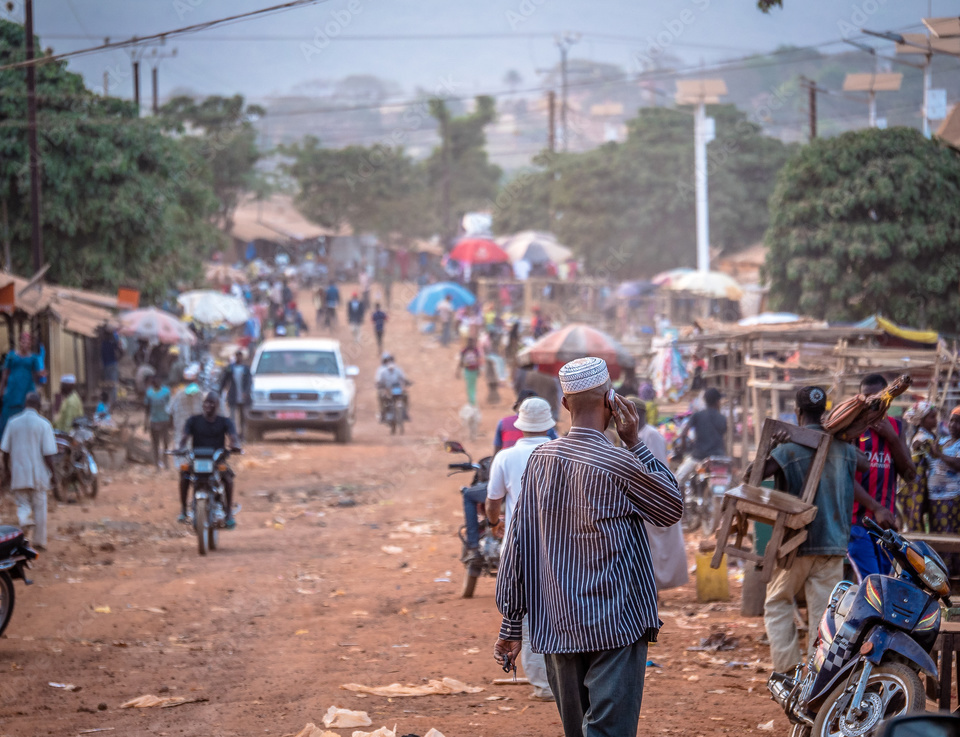Zambia
Zambia, in southern Africa, is a landlocked country of rugged terrain and diverse wildlife, with many parks and safari areas. On its border with Zimbabwe is the famed Victoria Falls.
A country of contrast


Zambia ranks among the countries with the highest levels of poverty and inequality globally. The incidence of poverty worsened with the onset of the COVID-19 pandemic, but it is projected to slowly return to pre-pandemic levels by 2025, reflecting the sustained growth in the services and construction sectors that are expected to benefit the urban poor and reverse the recent increase in urban poverty. Progress with rural poverty, however, is more uncertain. While the agriculture sector is projected to grow, rates are just above population growth and the sector is subject to high volatility. Structural barriers to agricultural productivity and limited ability to cushion external shocks among the rural poor mean that additional support may be needed to improve their livelihoods.
More than 61% (2015) of Zambia’s 19.6 million people earn less than the international poverty line of $2.15 per day (compared to 41% across Sub-Saharan Africa) and three-quarters of the poor live in rural areas.1
Resources







